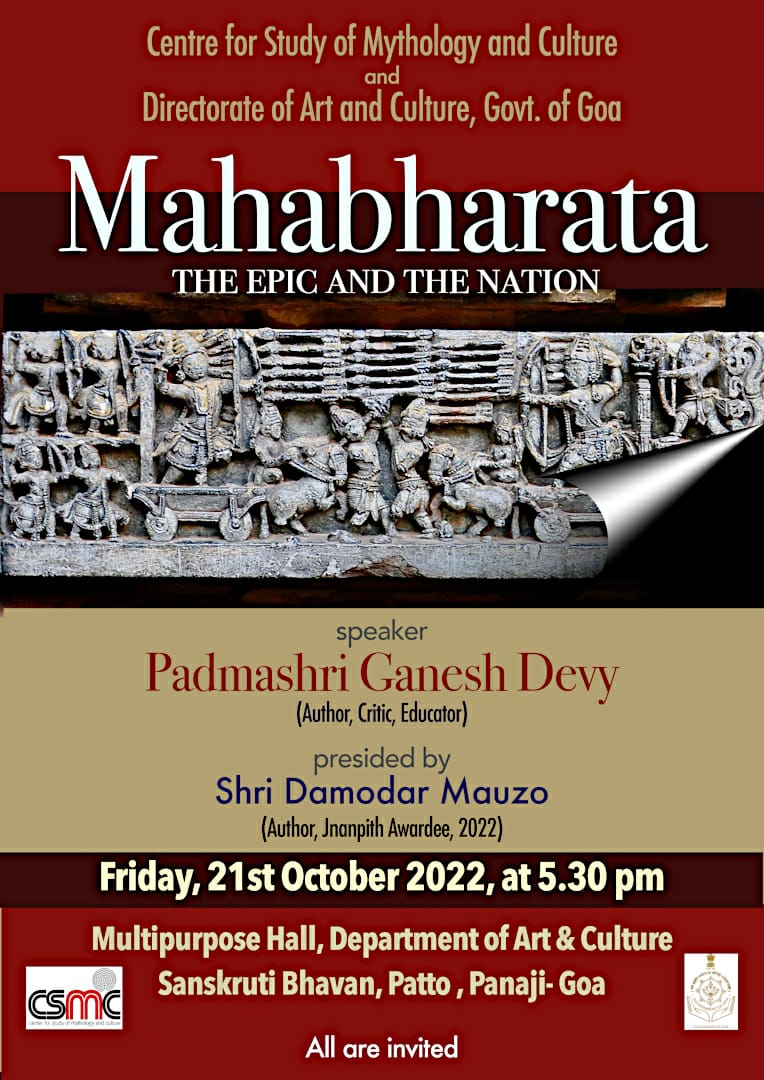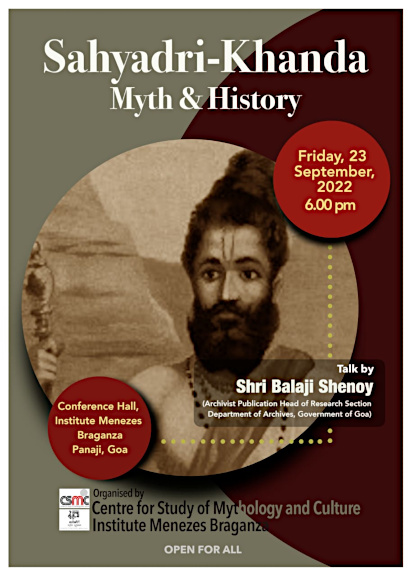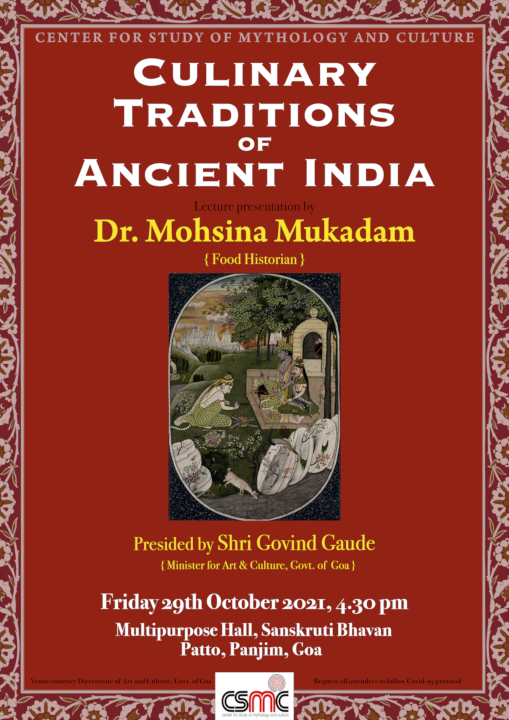Last week on Women’s Day, there was the usual outpouring of celebratory messages, whether on the Google doodle or on Facebook or on chain SMSes etc… the world saluting our gender’s strength, creativity, compassion, fortitude. But, as in any other narrative on women, I struggle to find any references to a woman’s ambition that is unconditionally laudatory, without any undertones of prejudice or censure. So whether it is an analysis of ‘grandmother’ Hillary Clinton’s readiness to run for the US Presidential elections or the various headline-grabbing references to Anushka Sharma being the most stunning WAG for the men in Blue (never mind that she is a very successful professional in her own right), the discourse on women seems never to be conducted with focus on her ambitions and goals alone! Probably the only woman in the public sphere who has succeeded in transcending this ‘trap’ is ‘Didi’ or West Bengal’s Mamata Banerjee. Much as I disagree almost entirely with her politics, I have to admire her drive and ambition that saw her realise power on her own terms in a country where women ascend to the ‘throne’ only on the strength of dynasty or marriage or patronage from powerful men (like Jayalalitha or Mayawati). And through these random ramblings on women and power, I am reminded of a singular character from the world of myth, whose assertiveness and formidable will is almost unparalleled in the female cast of Indian mythical characters. For, surely, one of the most unusual and arresting mythic personas in our mythic tradition is that of Manasa, the ‘Snake Goddess’ of Bengal–a vivid expression of an ‘anti-establishment’ feminist ambition and power!
I remember reading, with a mixture of fascination and curiosity, many tales in Bengali about Manasa and her epic rivalry with Chand Saudagar, the latter epitomized patriarchy. He was a merchant prince, who had the power of his gender, of capital and patronage from the most powerful male deity of all, Lord Shiva. Manasa, on the other hand, was a lone ‘woman’ who had command over the netherworld of snakes and serpents and her own unbridled ambition, and with these resources, she waged a relentless campaign for respect and recognition. Somehow even as a child, I realised that in the many versions of this tale that I read, there was often an overt and in some, a subtle tone in the writing, that underscored Manasa’s cunning, her rage, her ambition in a less than empathetic way. The final straw in the narrative is the introduction of Behula- the archetypical ‘Sanskritized’ feminine role model, a woman who will sacrifice everything, including her life, to resurrect her husband, because she becomes significant only as a wife. As long as the myth is a rollicking adventure chronicling the tempestuous turns of the struggle between Chand and Manasa, the audience can still choose to take sides, but the masterstroke of the patriarchy is to bring in the pathos of Behula-Lokhindor into the tale. No sooner is that done, audience sympathy is forced away from Manasa to Behula!
However, it may be topical today as debate rages on in India about women’s security and entrenched patriarchal violence against women, to remember and understand Manasa as a genuine feminist icon. Her myth signifies many anti-establishment profiles:
• A non-Aryan , lower socio-economic class cult struggling for patronage from people while up against upper caste Brahminical prejudices.
• A semi-divine female confronting the established patriarchy, be it the divine Lord Shiva or the temporal capitalist authority of Chand Saudagar.
Manasa raises uncomfortable questions on the role of feminine energy when faced with male power and authority. From her birth, Manasa has had to battle for her dues- Shiva first refused to recognize her, though she is said to have been fashioned out of his seed! She is a great source of energy, but unlike the Sanskrit Mother Goddesses, Manasa’s power has a sharp, vindictive edge! She does not hesitate to resort to trickery, coercion or brute strength to subvert her enemies. And if that is par for the course for and leadership attributes of the great patriarchal male heroes of our Puranas and epics, then why not laud the same in Manasa too?
The other interesting characteristic of Manasa is her independence. She may be born from Shiva’s seed but does not get any support from that illustrious divine lineage. There are references to her marriage with the powerful sage Jaratkaru in the Puranas. But in the principal source of the Manasa legend in the Bengali Manasamangalkavyas(thought to have been composed between 13th to 15th centuries), Manasa is a ‘lone warrior’. She fights for recognition from the ‘Establishment’, personified by Chand Saudagar on her own terms, with her followers (the snakes) and her own resources. She does relent finally, impressed by the steadfastness of the mortal woman, Behula and expresses her power by bestowing the greatest gift of all, life to Lokhindor. In return, she extracts the promise that Chand will be persuaded to worship her (albeit with his left hand). But that’s enough to win her a seat in the pantheon of deities venerated by the ‘establishment’! How refreshing this–the calculated negotiation by a determined goal-oriented ‘Goddess’ who uses her power to extract her dues rather than give it away in selfless benevolence that females are always expected to display.
In today’s Bengal, after centuries of Sankritization, the cult of Manasa survives in pockets but the ‘fighting spirit’ and commanding authority of Manasa has been subsumed in a gentler and more stereotypical deity who is about wish fulfillment for childbirths and prosperity. But maybe the time is right for us to re-appraise the true significance of Manasa. I personally feel it is worth celebrating, nay, even passing on to India’s daughters today, Manasa’s Feminine Spirit and Energy, which is not shy of pursuing self-interest and ambition even at the risk of being deemed too aggressive or unfeminine!
Our society is going through rapid change and in no sphere are the changes as ‘unsettling’ as in the roles and expectations from women. And while men, women, parents, guardians, one and all grapple and come to terms with these changes, it is our daughters, who need to be empowered with the confidence and self-belief that it is all right to choose one’s own path, whatever that might be. And it in this context that Manasa’s untiring quest for her rightful place can be an inspiring role model: choose your goal, whether conventional or ground-breaking and then, unabashedly pursue it and disdainfully ignore those carping voices who think there should be boundaries and limits and curfews and codes to transcribe a woman’s ambition!














Leave a Comment